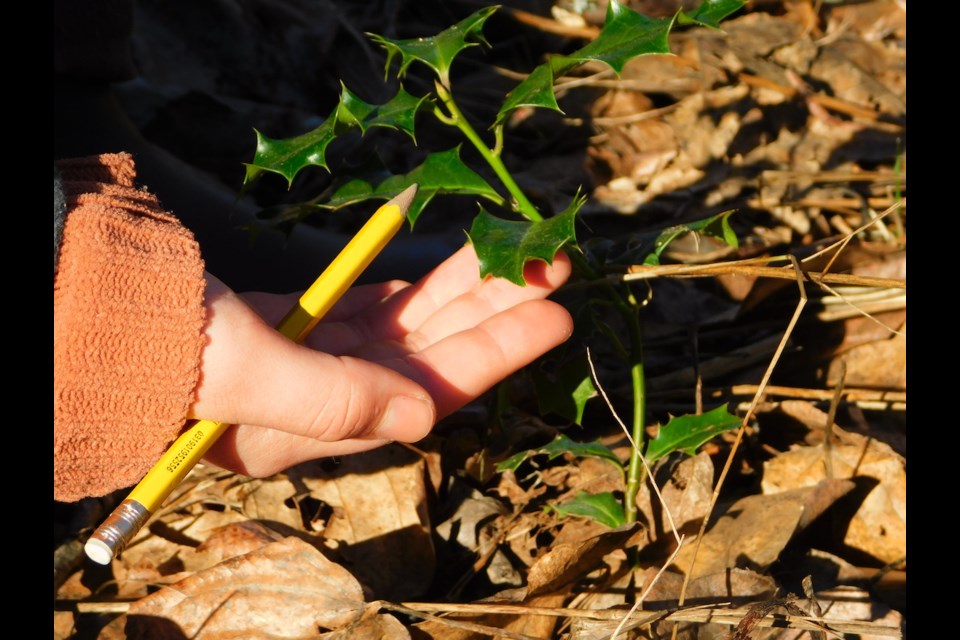It takes a community to heal the Earth, one small patch of it at a time.
This Squamish school project is proof that the next generation takes this work seriously.
Students at École Les Aiglons have been getting life lessons in invasive species and how to help heal their environment.
The pupils started to learn about invasive species back in October, teacher Carrie Antoniazzi told The Squamish Chief.
"We had been working on the [United Nations] Sustainable Development Goal #15 — Life on Land," she said.
With the help of Claude-Anne Godbout-Gauthier, the education and outreach manager from the Sea to Sky Invasive Species Council, the kids identified and removed different invasive species along the Discovery Trail by the school.
“What stood out to me most was the children’s eagerness to learn and contribute,” Godbout-Gauthier said. “It was indeed very inspiring! I was also extremely impressed with the children’s knowledge about invasive species. They had a good general understanding of the problem, and could identify more plants in their school surroundings than most adults."
The students applied and received a $1,000 World Wildlife Foundation Canada Go Wild grant.
Rhonda O'Grady from the Squamish River Watershed Society helped the class decide which native plants would be best for the location.
Students in Grades 3/3, 4/5 and 7/8 worked on the project.
The students in Grades 3, 4, and 5 worked on the gardens, plants and making 'seed bombs,' while the Grade 7/8 class was responsible for the more difficult job of cutting down and removing the holly trees before planting new trees in their place, Antoniazzi explained.
In total, the students spent approximately 15 hours removing invasive species and planting 20 trees and 66 plants.
The youth have planted or made seed bombs to share with the school community — on Earth Day— using more than 2,200 native seeds.
“Invasive plants spread quickly, so controlling them requires constant, renewed effort,” said Godbout-Gauthier
“It’s a worthy effort though when you get to watch groups like Ecole Les Aiglons develop into stewards of the environment.”
From their perspective
On behalf of their class, Grade 4 students Noah Cyr and Benjamin Lucke explained to The Squamish Chief what they learned from the project.
They said before this project, they didn't know there were so many invasive species not only around their school but also in their own backyards.
They explained that invasive species are a bad thing because they squeeze out the native plants and take their nutrients.
The students worked to pull out periwinkle, holly and English Ivy, which were plentiful around their school and the Discovery Trail.
The invasive species get into our environment through the movement of humans, the students explained and perhaps arrived initially because people moving here from afar brought them as a reminder of home, not knowing the damage they could cause.
The students planted native species, including bleeding hearts, red columbines and ferns, because that is what they could find locally.
The 'seed bombs' they created are made of clay and seeds of natives species that can be planted — or just thrown where needed — to allow native species to grow.
One thing folks might not know, Antoniazzi added, was that even purchased packets of wildflowers can sometimes contain invasive species, so watch for that, she said.
The students will be heading to the Squamish Farmer's Market in May (tentatively planned for May 7) to share what they learned and answer invasive species questions. "If you see us, please come by and say, 'Hi,'" said Antoniazzi.



